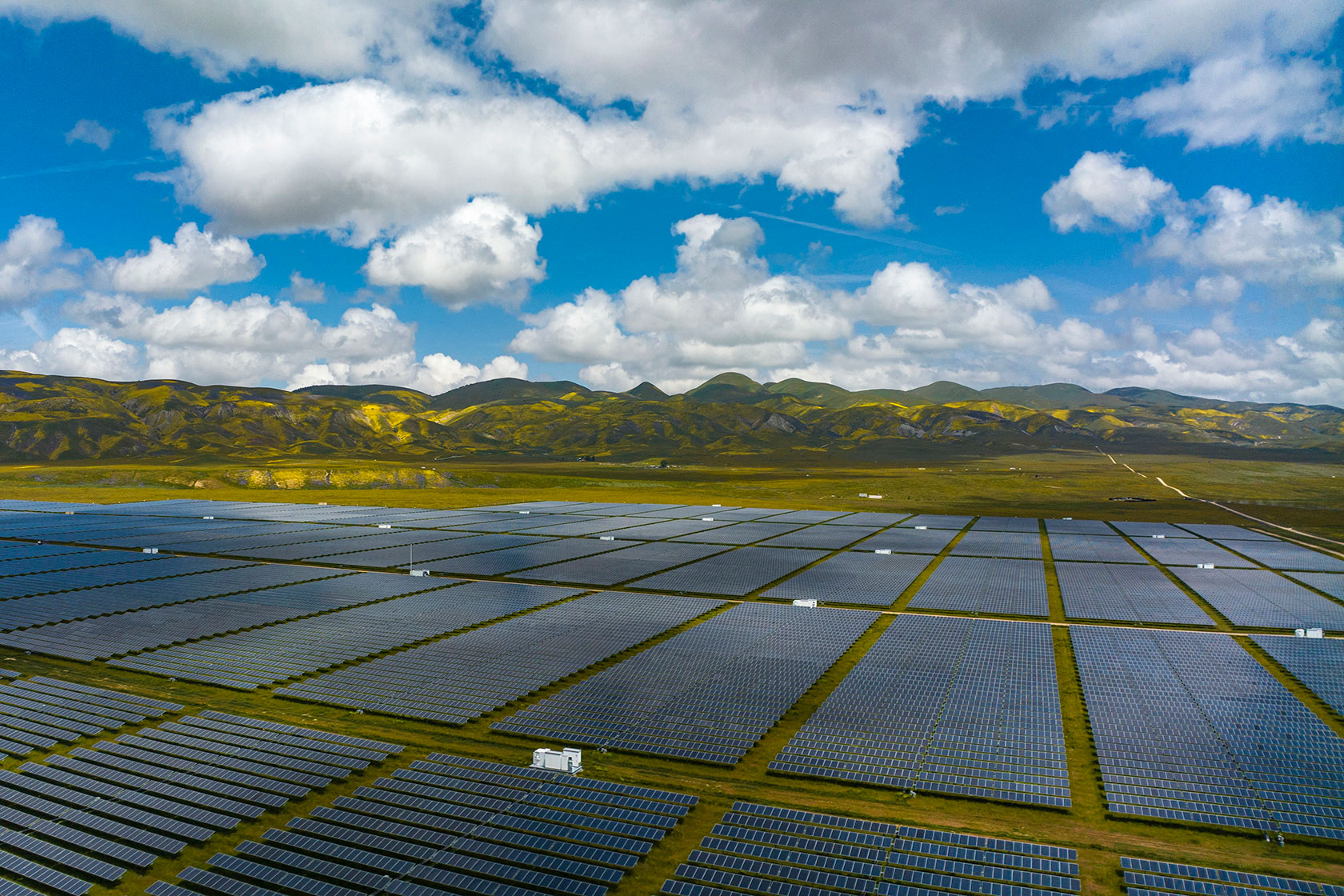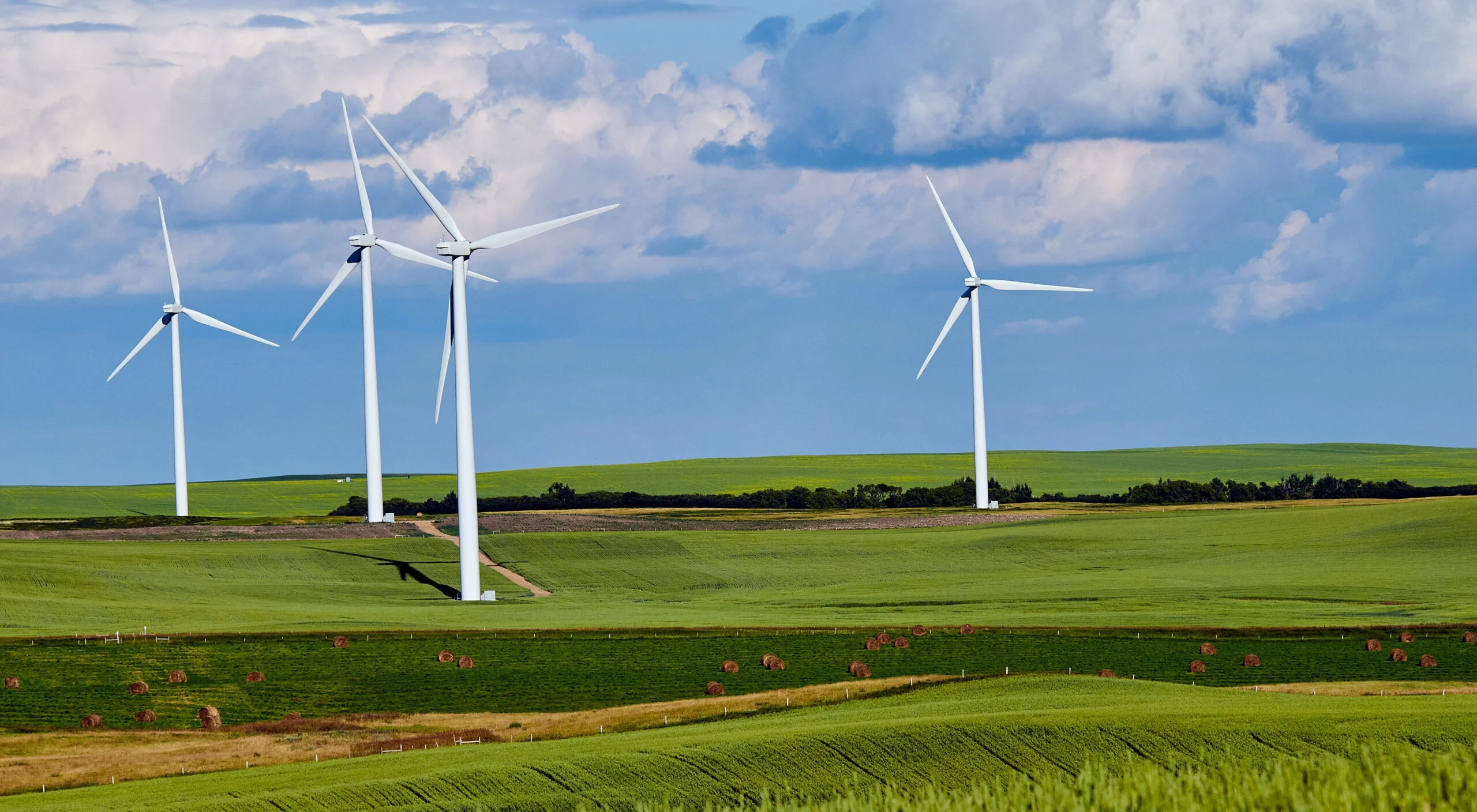The Biden administration has allocated $4 billion in tax credits to address industrial greenhouse gas emissions and increase the production of clean energy in the United States
Increased Attention to Historic Energy Communities and Economic Revitalization Is Signaled by the § 48C Program Extension
To address industrial greenhouse gas emissions and support domestic clean energy manufacturing, the Biden administration has announced a substantial $4 billion tax credit allocation. Coordinated by the US Departments of Energy and Treasury with the Internal Revenue Service, this program will fund more than 100 projects in 35 states around the US. Interestingly, $1.5 billion of the money will go toward initiatives in historic energy areas to lower energy bills and create jobs. This initiative has been propelled by the § 48C Program, which is overseen by the DOE’s Office of Manufacturing & Energy Supply Chains. The Inflation Reduction Act of 2022 has expanded the program’s scope and influence.

High Tax Credit Demand Signals Wide Industry Interest and Emphasizes the Need for Clean Energy Transition
Jennifer Granholm, the secretary of energy, emphasized the administration’s dedication to supporting clean energy innovation and making sure conventional energy towns gain economically from the shift. Applications are contending for over $42 billion in tax credits during the first phase of the program, which gives investment tax credits of up to 30 percent for certified projects satisfying particular criteria. The scheme has drawn broad attention.
According to Daily Energy Insider, the money will be allocated to several industries, such as industrial decarbonization, critical materials recycling, and clean energy manufacturing and recycling. These industries will support a wide range of projects, from rare earth extraction and clean hydrogen production to decarbonization efforts in the chemical and building materials industries. The program shows a persistent commitment to advancing America’s clean energy agenda and promoting economic regeneration in energy towns around the country, with a second round of concept paper submissions scheduled for this summer.




![Tyson Foods Plant [Photo: Food Manufacturing]](https://southarkansassun.com/wp-content/uploads/2023/08/iStock_1185520857__1_.5e441daa51cca-600x337.jpg)







![Silverado Senior Living Management Inc. [Photo: Los Angeles Times]](https://southarkansassun.com/wp-content/uploads/2023/10/download-6-4-600x337.jpg)

![China's Wuhan Institute of Virology [Photo: Nature]](https://southarkansassun.com/wp-content/uploads/2023/09/d41586-021-01529-3_19239608-600x337.jpg)
















